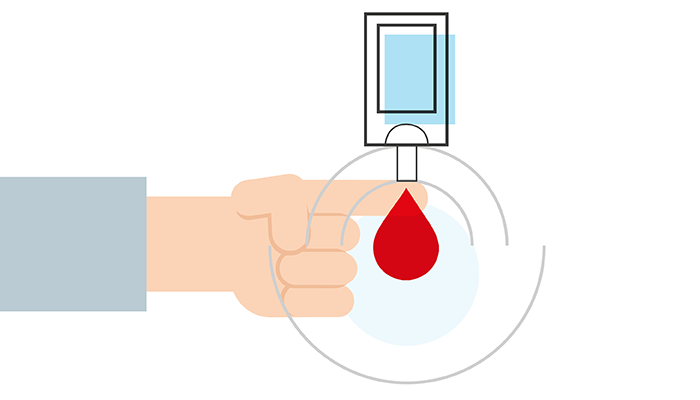
Scientists from the University of Bristol have set their sights on the gel-like protective lining of all blood vessels – the glycocalyx – to develop a drug that can prevent two common complications of diabetes: diabetic retinopathy (DR) and diabetic kidney disease (DKD) (1).
Statistically speaking, DR stands as the primary cause of vision impairment and loss among the working-age population, impacting approximately 93 million individuals globally with diabetes. DKD affects up to 116 million people and is recognized as the leading cause of end-stage renal failure worldwide.
Though there are treatments that help control blood-glucose levels and lower blood pressure for patients who develop microvascular complications, they do not fully address the dangers of DR and DKD.
The new study revealed that a component of the glycocalyx layer that lines all blood vessels, heparan sulphate, plays an important role in maintaining a normal blood vessel barrier function, in both the kidney (glomerulus) and the eye (retina).
The enzyme heparanase (which cleaves heparan sulphate) is elevated in diabetes – and that contributes to cardiovascular disease events, such as diabetic retinopathy and kidney disease, according to study co-author Monica Gamez, Research Associate in the Bristol Medical School. “By using a novel drug which inhibits heparanase in diabetic mice, we were able to prevent the development of both DR and DKD,” she added.
The study shows promise in preventing the development of small blood vessel complications in diabetes, for which there are currently no preventative treatments. The researchers are now conducting laboratory studies to translate the drug into clinical use.
References
- M Gamez et al., “Heparanase inhibition as a systemic approach to protect the endothelial glycocalyx and prevent microvascular complications in diabetes,” Cardiovasc Diabetol 23, 50 (2024). PMID: 38378538.
